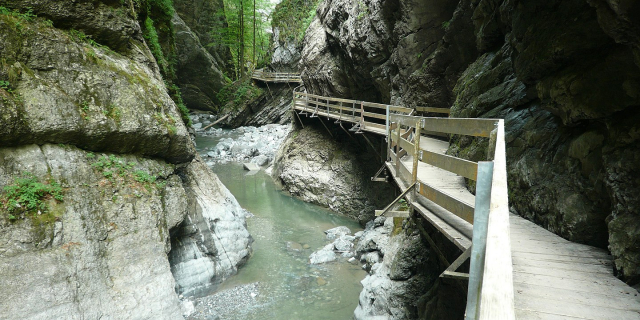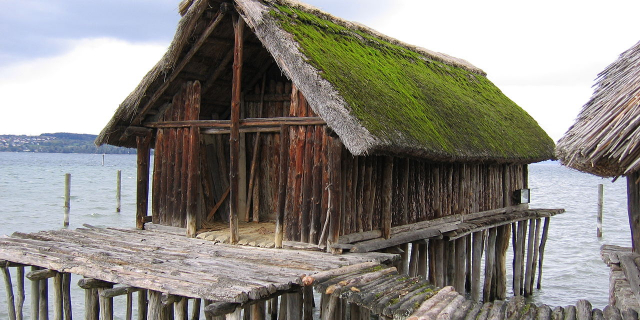Lindau (Bodensee)
( Lindau )Lindau (German: Lindau (Bodensee), Lindau am Bodensee; German: [ˈlɪndaʊ̯] ; Low Alemannic: Lindou) is a major town and island on the eastern side of Lake Constance (Bodensee in German) in Bavaria, Germany. It is the capital of the county (Landkreis) of Lindau, Bavaria and is near the borders of the Austrian state of Vorarlberg, and the Swiss cantons of St. Gallen and Thurgau. The coat of arms of Lindau town is a linden tree, referring to the supposed origin of the town's name. The historic town of Lindau is located on the 0.68-square-kilometre (0.26 sq mi) island of the same name, which is connected with the mainland by a road bridge and a railway causeway leading to Lindau station.
Lindau is located near the meeting point of the Austrian, German, and Swiss borders and is nestled on the lake in front of Austria's Pfänder mountain. Lindau is popular with sightseers ...Read more
Lindau (German: Lindau (Bodensee), Lindau am Bodensee; German: [ˈlɪndaʊ̯] ; Low Alemannic: Lindou) is a major town and island on the eastern side of Lake Constance (Bodensee in German) in Bavaria, Germany. It is the capital of the county (Landkreis) of Lindau, Bavaria and is near the borders of the Austrian state of Vorarlberg, and the Swiss cantons of St. Gallen and Thurgau. The coat of arms of Lindau town is a linden tree, referring to the supposed origin of the town's name. The historic town of Lindau is located on the 0.68-square-kilometre (0.26 sq mi) island of the same name, which is connected with the mainland by a road bridge and a railway causeway leading to Lindau station.
Lindau is located near the meeting point of the Austrian, German, and Swiss borders and is nestled on the lake in front of Austria's Pfänder mountain. Lindau is popular with sightseers and vacationers for its medieval town centre and picturesque location on Lake Constance.
 Lindau in winter
Lindau in winter Lindau in the 16th century
Lindau in the 16th centuryThe first use of the name Lindau was documented in 882 by a monk from St. Gallen, stating that Adalbert (count of Raetia) had founded a nunnery on the island. However, the remains of an early Roman settlement dating back to the 1st century were found in the district of Aeschach.
In 1180, St. Stephan's church was founded. In 1224, the Franciscans founded a monastery on the island. In 1274–75, Lindau became an Imperial Free City under King Rudolf I.
In 1430, about 15 of Lindau's Jews were burned at the stake after being accused of murdering a Christian child.[1][2] In 1528, Lindau accepted the Protestant Reformation, following the Tetrapolitan Confession at first and subsequently the Augsburg Confession. In 1655, after the Thirty Years' War, the first Lindauer Kinderfest (children's festival) was held, in memory of the war. This festival, introduced by Councillor Valentin Heider, still makes up an important part of the town's identity.
Lindau lost its status as an Imperial Free City in 1802, after the dissolution of the Holy Roman Empire. The city went to Karl August von Bretzenheim, a son of the Elector of Bavaria Charles Theodore, who gave Lindau and the monastery to the Austrian Empire in 1804. In 1805, Austria returned Lindau to Bavaria.
In 1853, a causeway was built to connect the railway from Munich to the island. In 1856, a new harbour was built, with its characteristic landmarks, the big lion sculpture and Bavaria's only lighthouse.
In 1922, the independent districts of Aeschach, Hoyren and Reutin merged with the Lindau district. After World War II, Lindau fell under French military administration and went first to Württemberg-Hohenzollern and then to the State of Baden-Württemberg. In 1955, Lindau again returned to Bavaria.
The Nobel Laureate Meetings at Lindau[3] began in 1951 and bring many Nobel Prize laureates to Lindau each year.

































Add new comment